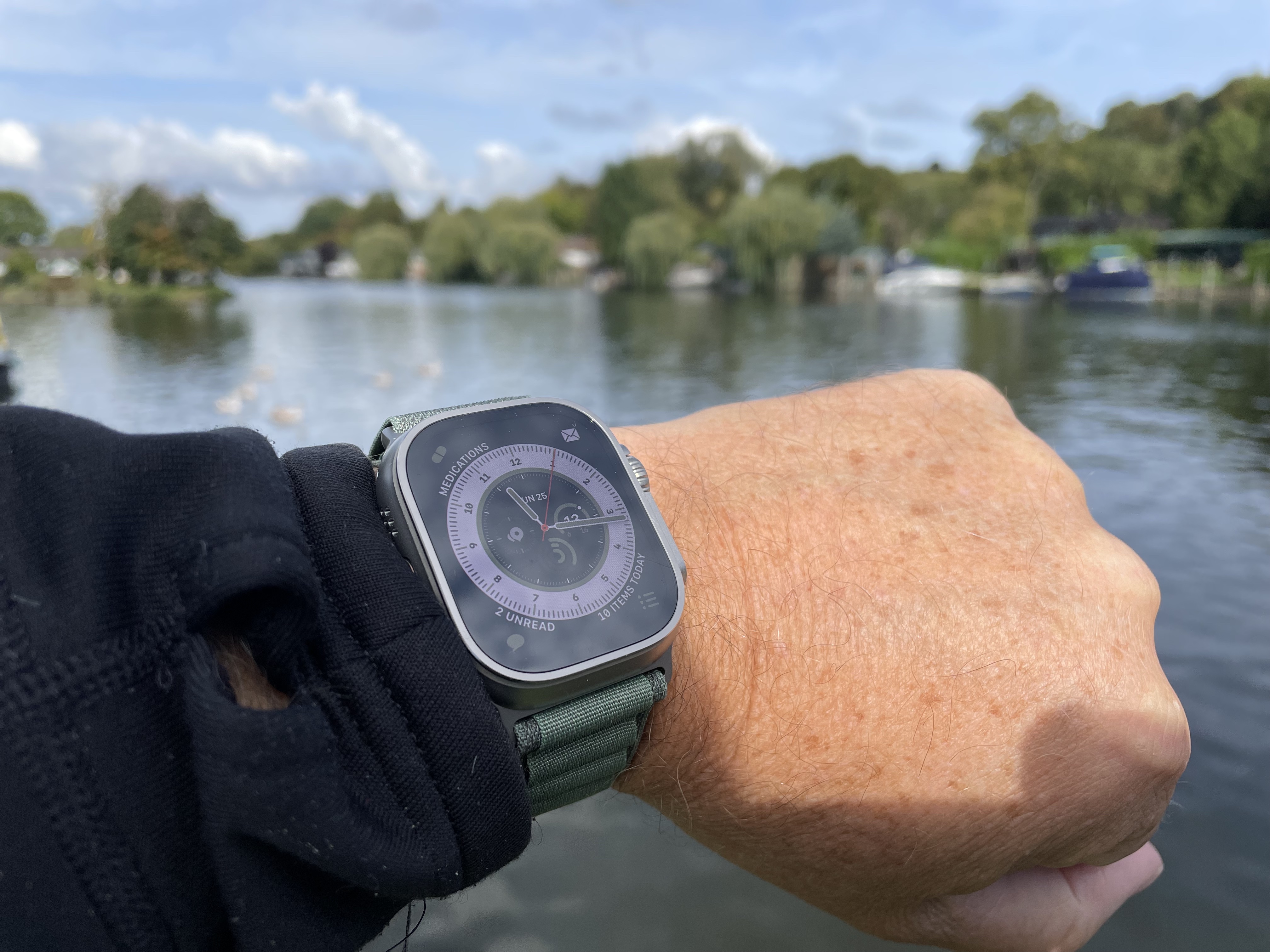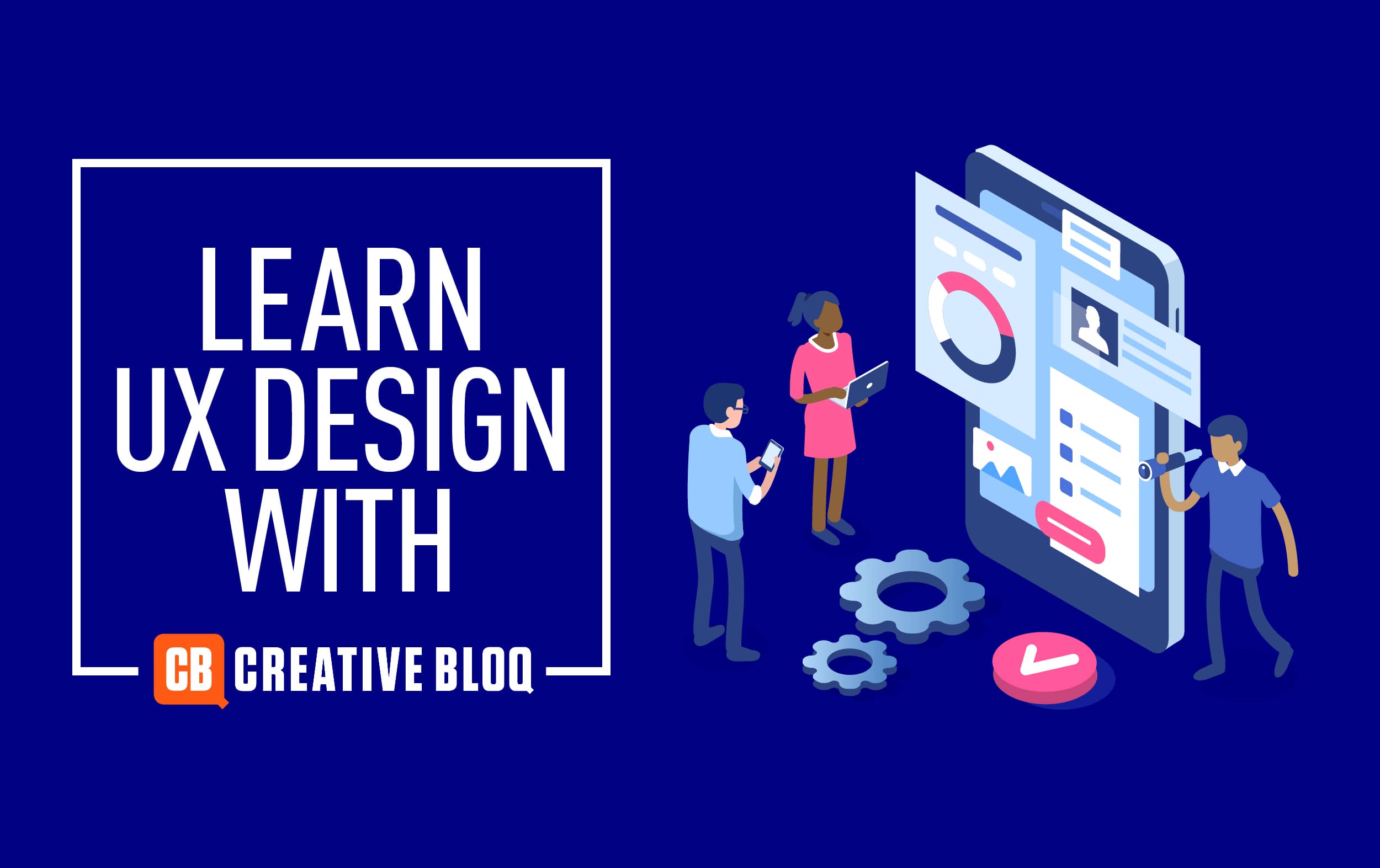5 influential UX/UI trends of 2023
Find out the hottest trends shaping UX today.
The digital landscape is ever-evolving. As we move towards the end of 2023, the realms of user experience (UX) and user interface (UI) design continue to transform. Swift technological progress and user behaviour shifts present designers with novel challenges and opportunities. Drawing from various expert sources, we present the five most influential UX/UI trends this year. And if you want to compare, see last year's UX trends.
As 2023 progresses, these trends will undeniably mould the UX/UI domain (see our UX design foundations course if you want more in this area). For designers, staying abreast and adapting to these shifts is vital. The ultimate goal remains to elevate the user experience through fluid cross-device interactions, inclusive designs, secure access, immersive digital realms, or compelling data tales.
01. Cross-device user experience

With users frequently transitioning between devices – from smartphones to desktops to wearables – it's essential to guarantee a consistent experience across all platforms.
Spotify exemplifies this trend. Users can smoothly transition songs from their web player to their mobile app, emphasising uninterrupted and intuitive user journeys.
02. Data-driven storytelling
Merging data visualisation with storytelling provides a captivating method to convey information, especially in data-intensive applications.
Financial platforms, which can inundate users with intricate charts, can utilise this strategy. Interlacing a narrative within the data makes these platforms more user-friendly and engaging.
03. Global standards for accessibility
Accessibility is gaining traction not just for ethical and user-centric reasons but also due to increasing legal mandates. As digital platforms become indispensable, their accessibility, especially to those with disabilities, is viewed as a fundamental right.
Daily design news, reviews, how-tos and more, as picked by the editors.
The European Union's European Accessibility Act exemplifies this movement. But it's not just about legal adherence. Platforms prioritising accessibility witness heightened user engagement, reduced bounce rates, and favourable brand perception. As digital inclusivity becomes more recognised, designers must ensure their work aligns with both legal standards and the diverse needs of the global audience.
04. Immersive experiences via AR

The digital domain is expanding beyond traditional screens. Augmented reality blurs the tangible and virtual boundaries, offering unparalleled immersive experiences.
The Mouser eScooter AR showcase by EPM Agency stands out as an example. Users can employ AR to virtually navigate the eScooter in their surroundings, gaining real-time insights into its features and size. This interactive approach enriches user comprehension and engagement with the product.
05. Tailored designs for wearable

As tech becomes more intimate, users see wearables like smartwatches and AR glasses as extensions of themselves. Their compact screens and constant user proximity present unique design hurdles.
Take smartwatches, for instance. Notifications should be concise yet informative. The emerging 'mirror design' concept ensures that reminders set on a smartphone are instantly mirrored on a smartwatch, promoting a cohesive user experience. Brands like Apple and Fitbit are refining their UX/UI designs to offer more intuitive and subtle wearable interactions.

Francesca is head of digital at EPM Agency. She designs and delivers excellent, intuitive journeys for customers. She is focused on putting the user at the heart of the experience and is led by research and data of user behaviours; constantly iterating to improve the customer journey.

